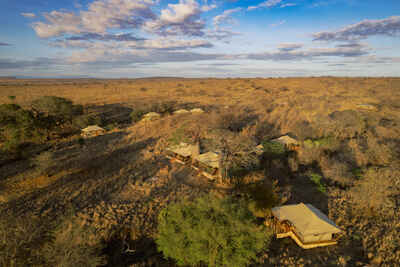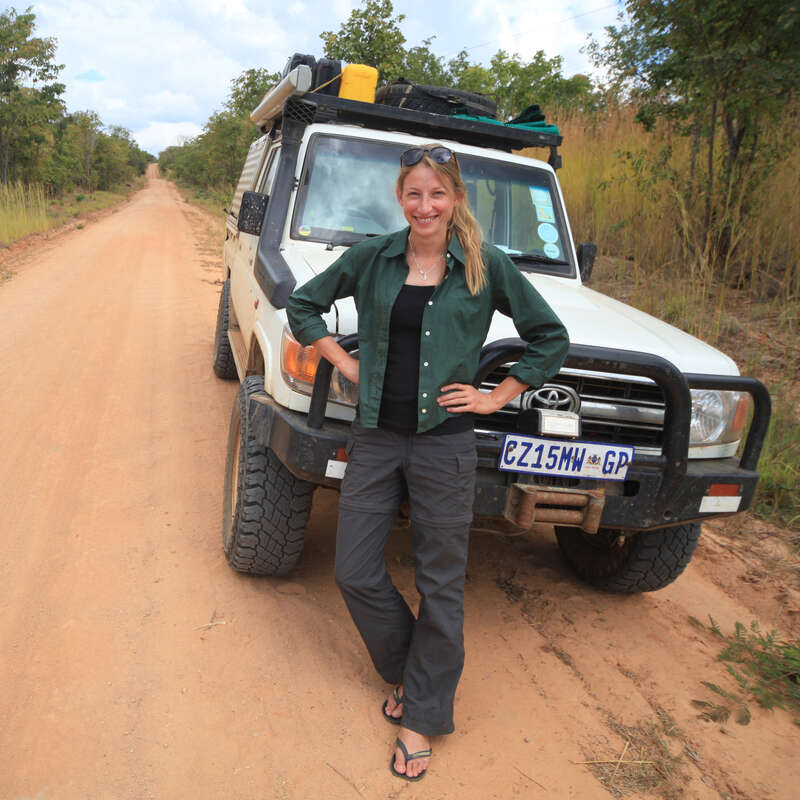About Olkeri Camp
Opened in September 2022, Olkeri is situated on the north-eastern boundary of the Randilen Wildlife Management ...
... Area and Tarangire National Park; ideal for travellers looking for quieter wildlife areas and opportunities to do walking safaris and fly camping.
Olkeri is a perfect camp for those who are looking to avoid the crowds and enjoy the simpler, low key style. The team on the ground are welcoming and eager to interact, making you feel very much a part of the family.
Accommodation
8 tents
Children
Best for 10+
Open
All year
Activities

4WD Safari

Birdwatching

Cultural excursion

Fly-camping

Guided walking safari

Private activities
Traveller reviews of Olkeri Camp
2 real, un-edited reviews from Expert Africa's travellers.
Arrived 29 Jun 2024, 3 nights
"Olkeri Camp review"
Overall rating: Excellent
Arrived 22 Jun 2024, 5 nights
"Olkeri Camp review"
Overall rating: Excellent
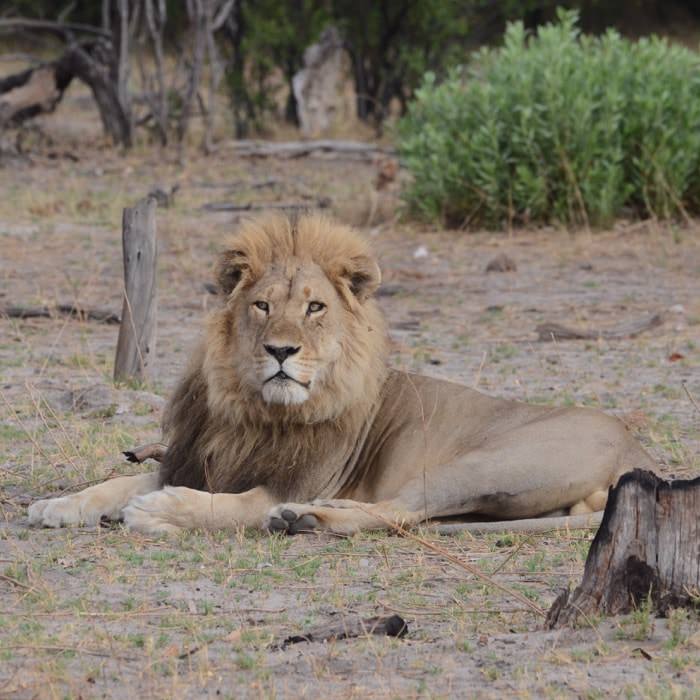
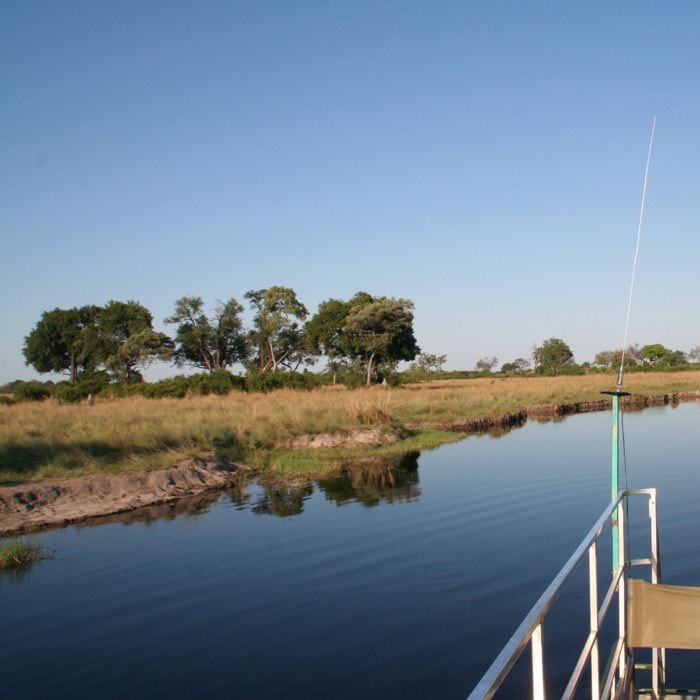
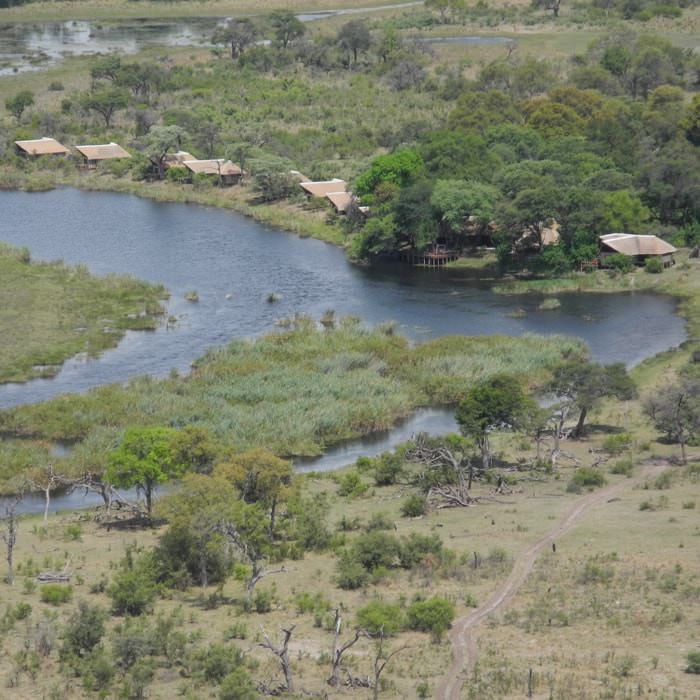
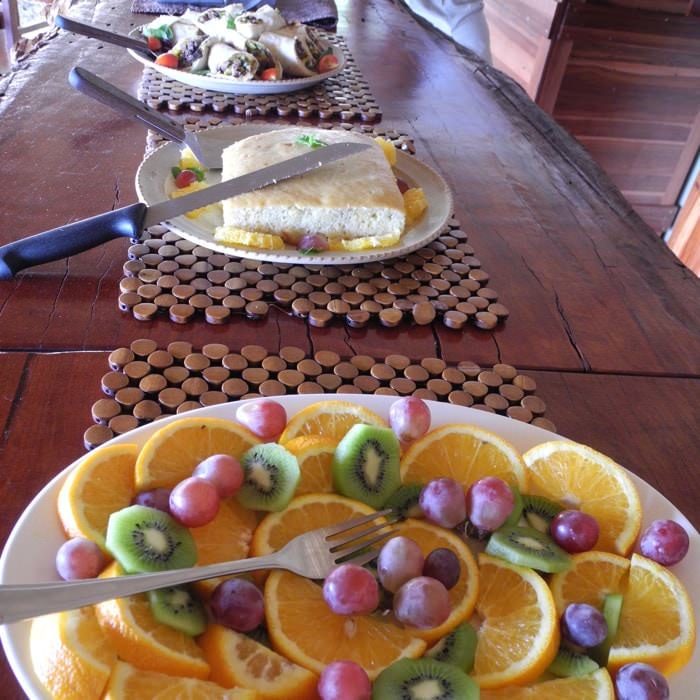
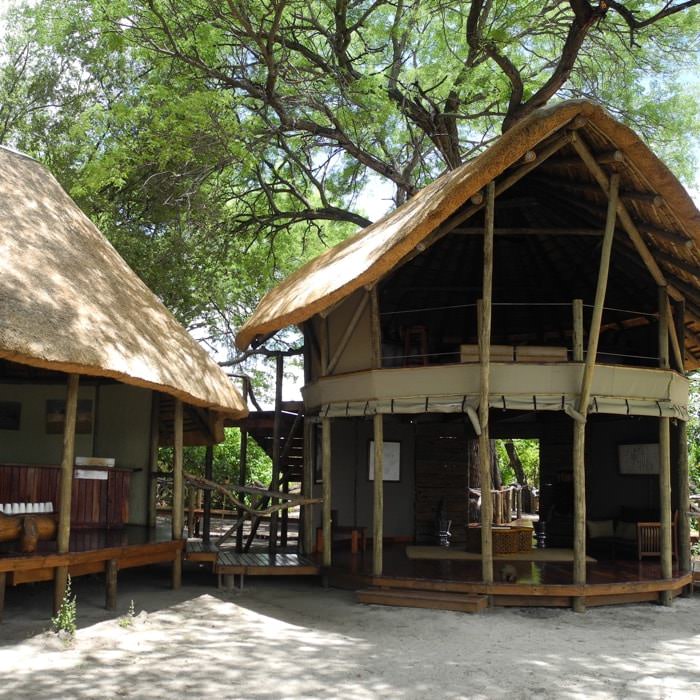
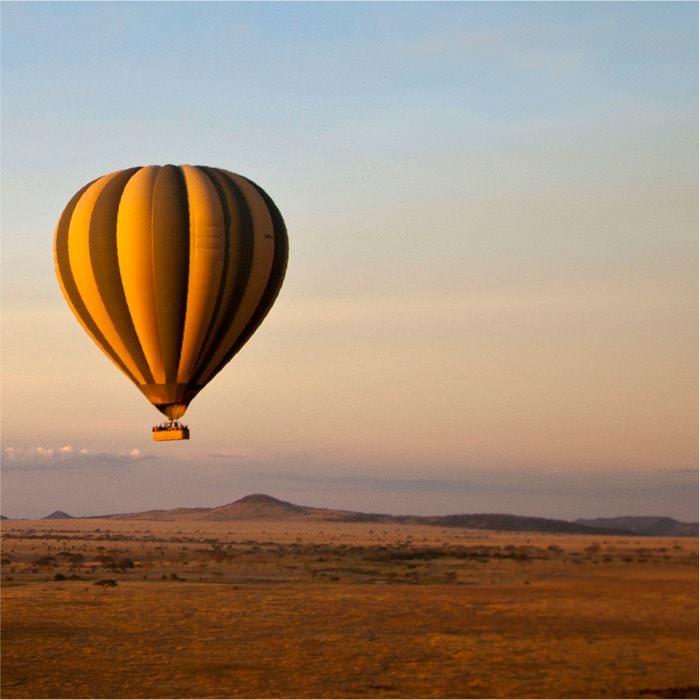
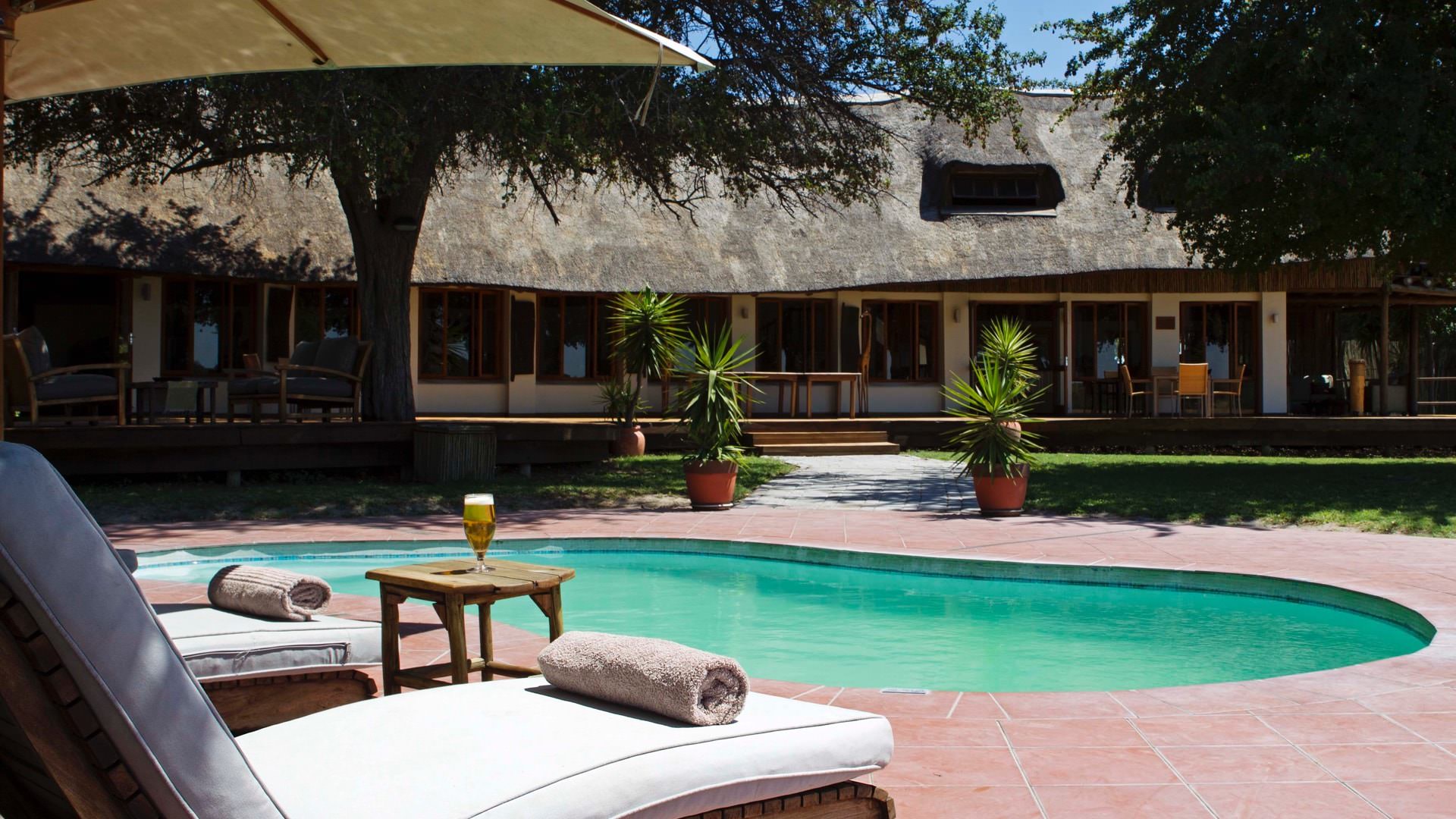
Expert Africa's gallery
When we travel we take lots of photos ourselves to give you a real and un-edited view of the safaris. See our 64 pictures of to get the candid view.
View galleryOlkeri Camp: Our full report
Opened in September 2022, Olkeri is situated on the north-eastern boundary of the Randilen Wildlife Management ...
... Area and Tarangire National Park; ideal for travellers looking for quieter wildlife areas and opportunities to do walking safaris and fly camping.
Olkeri is a traditional bush camp, with a simple and comfortable camp layout. The main area is divided into a lounge area and a separate dining area; both looking out over two waterholes, which are often busy with wildlife passing by for a drink. The lounge area is tucked in-between two large baobabs giving it a fun and quirky ambiance. The lounge has built in wooden sofas, with comfortable cushions, a coffee table and a deck with stairs leading down to the evening fireplace. There are bathroom facilities close to the lounge and dining area.
Olkeri comes from the Maasai word for “Leopard”, so it is only fitting that potted leopard orchids can be found in the main areas and the arrival circle. In full bloom, these are such a treat and add a special touch to the camp.
Each tent has a unique setting, with most overlooking valleys; a perfect place to spend the afternoon watching the birdlife or catching a glimpse of bushbuck and dik diks passing through.
The majority of the tents are located to the right of the main area, with the exception of three tents; the “honeymoon” tent, which is over a wooden bridge, to the left of the main area in addition to two further standard tents which are located close to the lounge and dining area.
The interiors of the tents share the same simplistic tone, with pale teak wood paneling and earthly tones; a comfortable bed, writing desk, wicker chairs and a coffee table inside the tent, and an outside seating area on a private deck.
The en suite bathrooms are spacious, with plumbed in showers and wash basins, and hot water available throughout the day from the solar water heaters outside each room.
The family room is made of two standard ensuite bedrooms, interconnected, ideal for families with small children. The gauze netting at the front of the tent that leads out onto the deck allows for natural light and a breeze to come through, however, we have been told that there are plans to have room fans, as it can get quite hot in the dry season.
The main activities at Olkeri are game drives around the Randilen concession and Tarangire National Park, walking, fly camping, night drives and bush meals. For those looking to learn about the local culture, there is the possibility to interact with the local Maasai communities in the area.
We were very impressed with the Randilen Wildlife Management Area (WMA) , which serves are an important wildlife corridor and buffer zone for the eastern side of Tarangire National Park. The few camps located in this area allow for secluded wilderness experience, with hardly any crowds and vehicles. The general wildlife has grown confident in the area, meaning that game viewing is excellent all year round.
Not being a national park, the Randilen WMA has the perks of permitting more activities and the presence of waterholes. It is also part of new conservation model which allows the free movement of wildlife all year round and a serving as a vital grass bank for Maasai cattle during the peak of the dry season.
Activities
4WD Safari
Birdwatching
Cultural excursion
Fly-camping
Guided walking safari
Private activities
Families & children
- Attitude towards children
- Children of all ages welcome
- Special activities & services
- Nature walks around the camp
- Equipment
- Cots and highchairs are available on request in advance.
- Generally recommended for children
- 10 years and older
- Notes
- Parents should keep an eye on children around the camp. There is a lot of vegetation around the camp, and it is unfenced
Food & drink
- Usual board basis
- Full Board & Activities
- Food quality
- The food offering throughout the Entara camps has exceeded our expectations. The meals are a variety of fresh seasonal produce and well portioned to minimize wastage.
- Dining style
- Individual Tables
- Dining locations
- Indoor and Outdoor Dining
- Further dining info, including room service
- Room service is available on request
- Drinks included
- House drinks included
Our travellers’ wildlife sightings from Olkeri Camp
Since mid-2018, many of our travellers who stayed at Olkeri Camp have kindly recorded their wildlife sightings and shared them with us. The results are below. Click an animal to see more, and here to see more on our methodology.

100% success

100% success

100% success

100% success

100% success

100% success

100% success

50% success

50% success

50% success

0% success

0% success

0% success

0% success

0% success

0% success
Getting there
- Location
- Tarangire National Park, Tanzania
- Ideal length of stay
- 3 to 4 nights. This combines well with its sister camps, Katambuga House in Arusha or Olmara Camp and Esirai Migration Camp both located in the Serengeti.
- Directions
- Olkeri is maximum 2 hours from Kuro Airstrip, 20 minutes from the Randilen Gate and 45 minutes from Boundary Hill gate.
- Accessible by
- Fly-and-Transfer
Communications
- Power supply notes
- There are charging stations in the room tents (USB ports on bed headboards) as well as in the main areas.
- Communications
- WiFi is available in the main areas.
- TV & radio
- None
- Water supply
- Borehole
- Water supply notes
- The camp has flush toilets and plumbed-in showers.
Health & safety
- Malarial protection recommended
- Yes
- Medical care
- The nearest hospital is in Arusha, which is a 2 hour drive from the camp.
- Dangerous animals
- High Risk
- Security measures
- Askaris (night watchmen) available throughout the night
- Fire safety
- There are fire extinguishers in each guest tent and in the main area and there’s a fire break around the camp
Useful info
- Disabled access
- On Request
- Laundry facilities
- Laundry is included, with the exception of ladies' underwear. Powdered soap is provided in the bathrooms
- Money
- There are no room safes, and valuables can be locked away in the management office safe.
- Accepted payment on location
- For extras, the camp accepts Visa, Mastercard and Amex, with a 4% surcharge. Cash is accepted in all currencies.
Plan and book your trip with Expert Africa
All of our trips are tailor-made, so we'll always adapt them to suit you. Talk to an Expert and let us plan and arrange your perfect trip.

Talk to an Expert
Call or email us now! We’ll match you with the Specialist in our team who is best suited to help you. Then together we can start planning your trip.

Set up your itinerary
Based on our experience and your ideas, your specialist will create a detailed, costed itinerary. We’ll refine it together, until we have a trip that you’re perfectly happy with.

Prepare for your trip
The same Specialist will make the seamless arrangements for your trip, send you detailed travel documents, and be available to answer any questions before you depart.

Travel with peace of mind
After you set off, you’ll be cared for by our partners in Africa, most of whom have worked with Expert Africa for decades. And if you ever need us urgently, we’re available 24/7.

When you return
We love to learn about your trip, and so will always be grateful if you’ve the time to give feedback to your Specialist when you return.
Olkeri Camp's location
Look closer at the environment and surroundings of Olkeri Camp.
Other lodges in Tarangire National Park
Alternative places to stay in this same area.
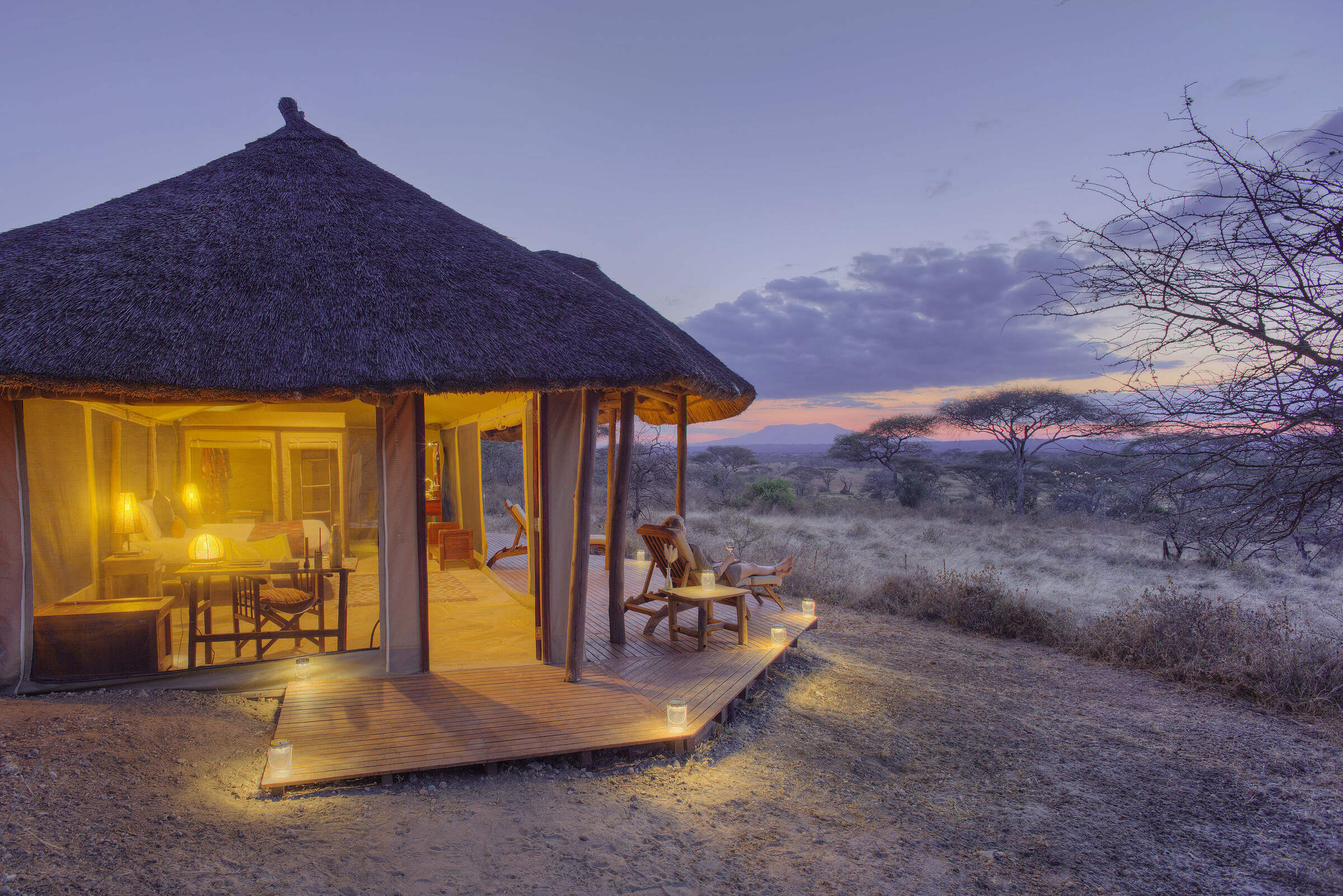
Oliver's Camp
Oliver's Camp is a small, intimate, luxury tented camp in a great location in northern Tanzania's Tarangire National Park.
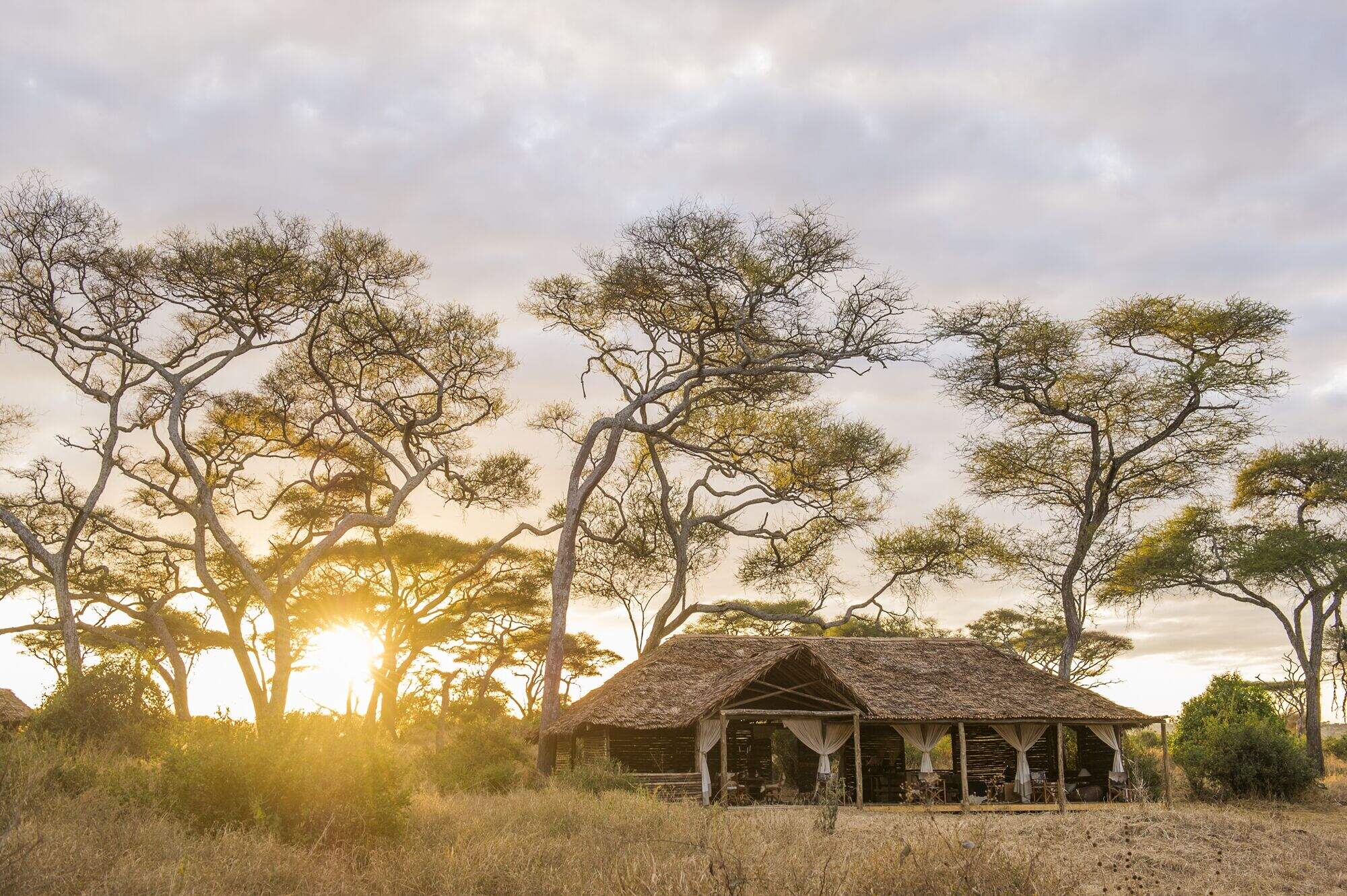
Kuro Tarangire
Kuro Tarangire is a stylish tented camp, located in a quiet and remote area deep in Tarangire National Park.
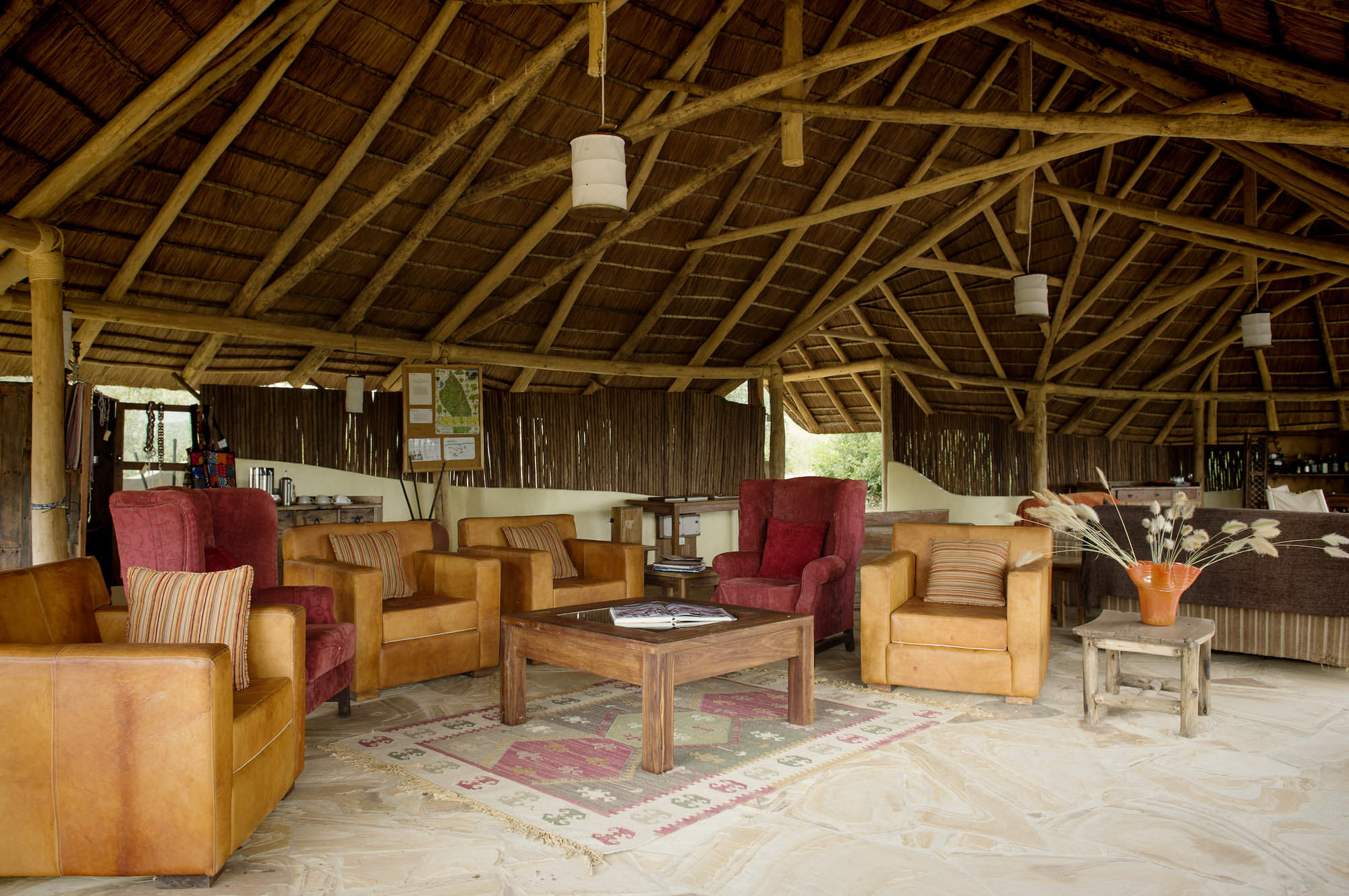
Little Oliver's
For a more private version of its sister property, Oliver’s Camp, Little Oliver’s offers high-quality guiding and tented rooms.
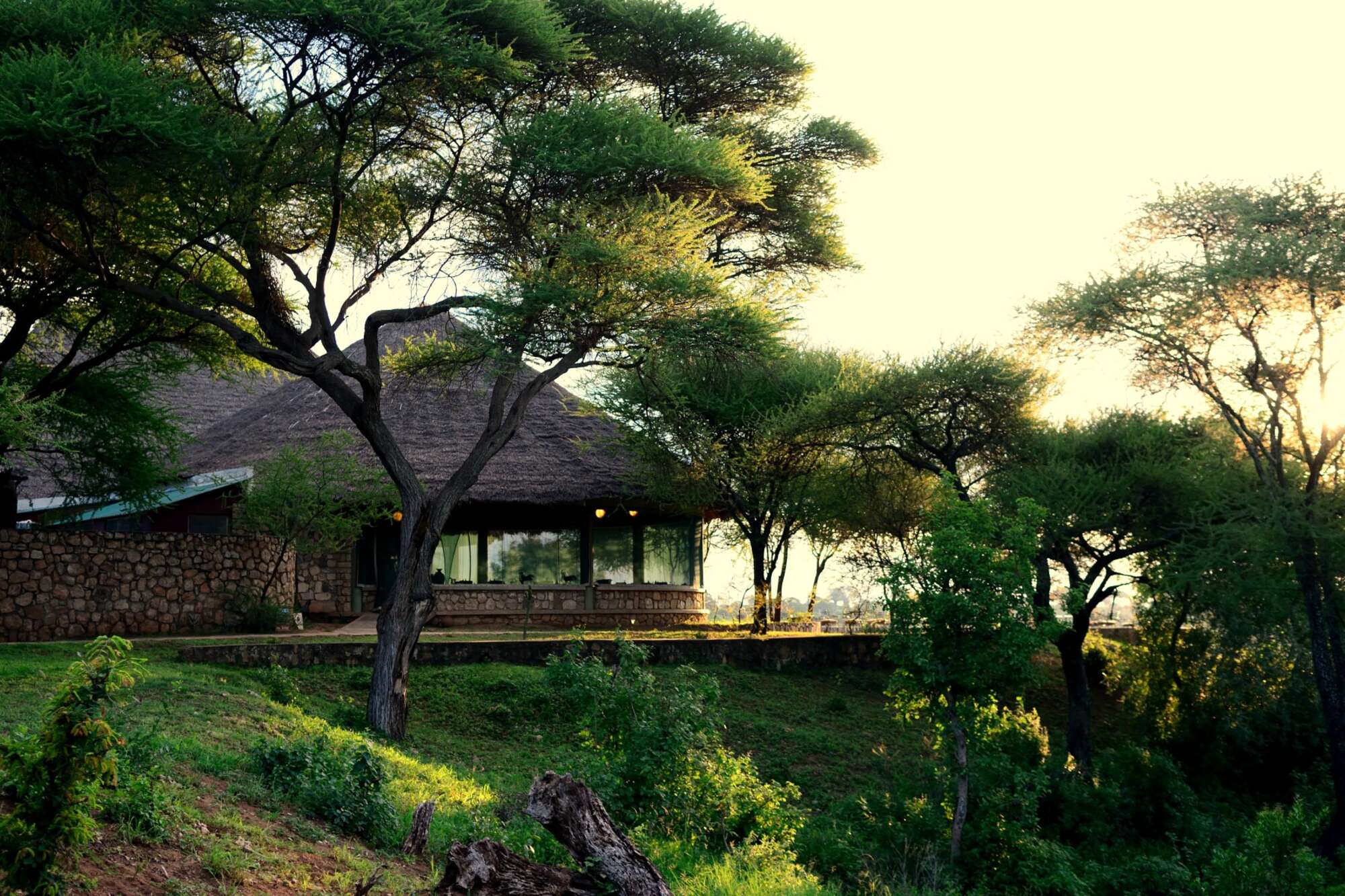
Tarangire Safari
Functional Tarangire Safari Lodge is one of Tarangire National Park's larger lodges, on a prime central site overlooking the river.
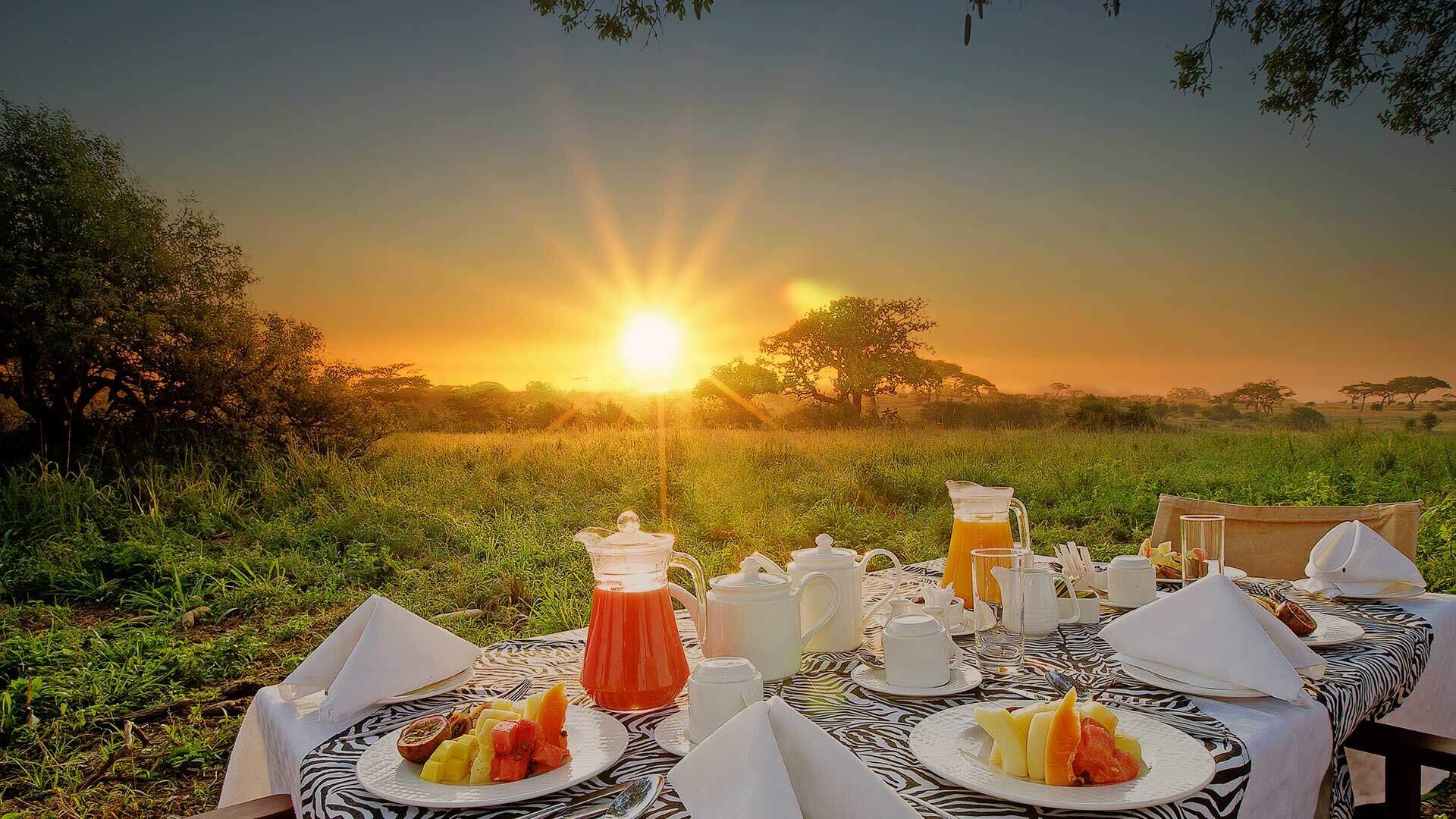
Tarangire Sopa Lodge
Tarangire Sopa Lodge is a large, comfortable, family-friendly hotel in Tarangire National Park, suitable for travellers on a budget.
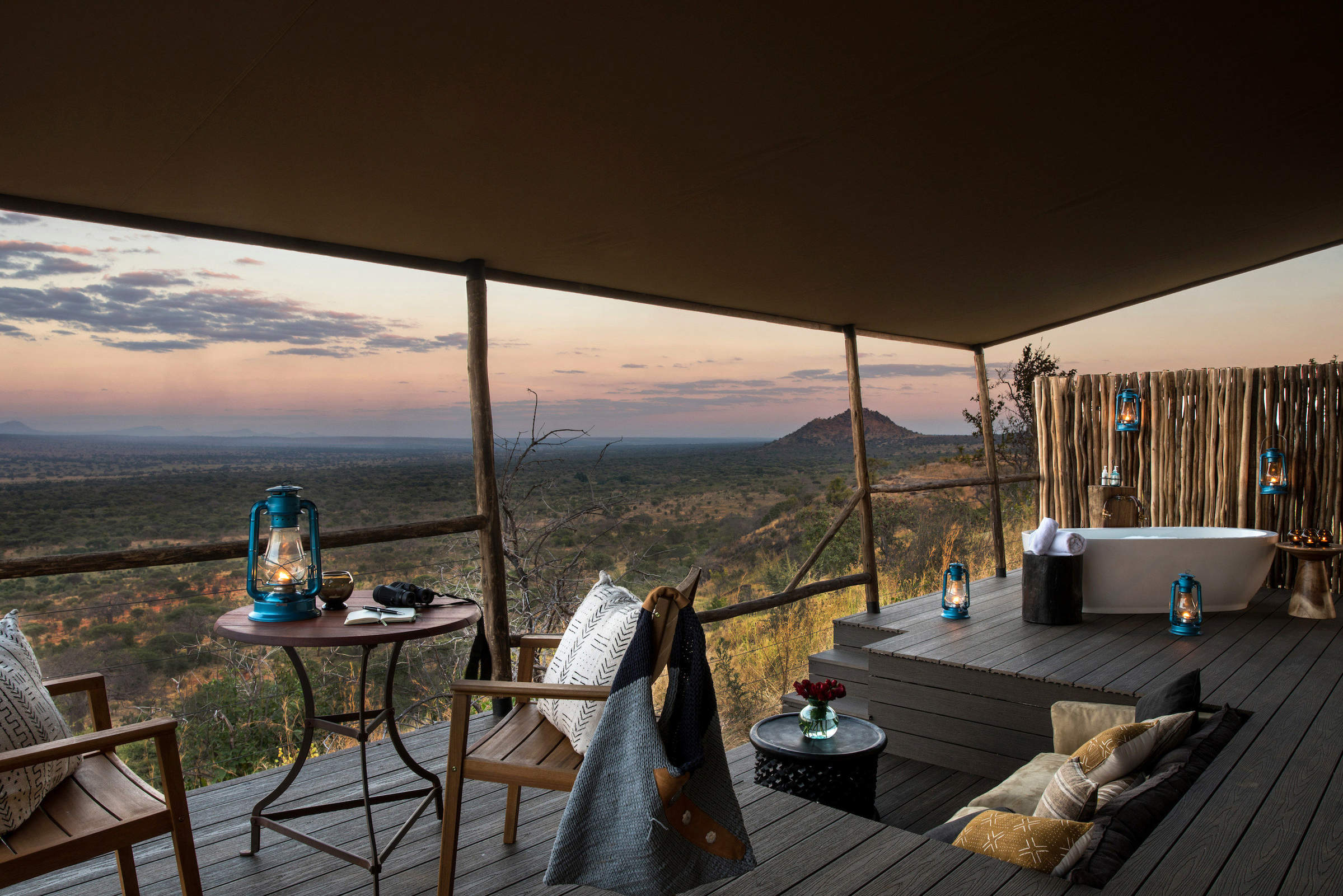
Lemala Mpingo Ridge
Lemala Mpingo Ridge is a stylish camp in Tarangire National Park, with a beautiful location and elevated views over the park.
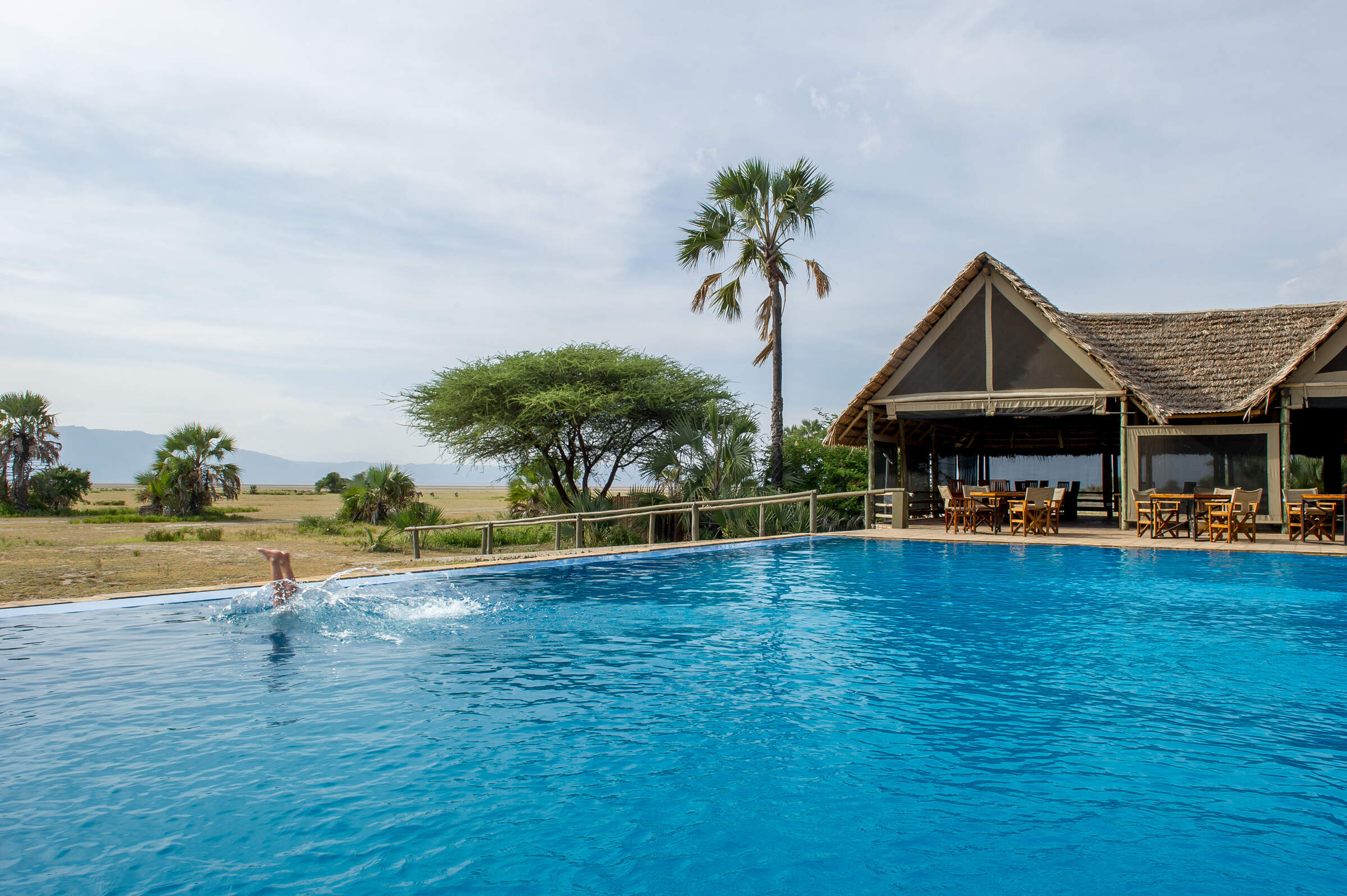
Maramboi Tented Camp
Maramboi Tented Camp is a family-friendly tented lodge located between Lake Manyara and Tarangire National Park.
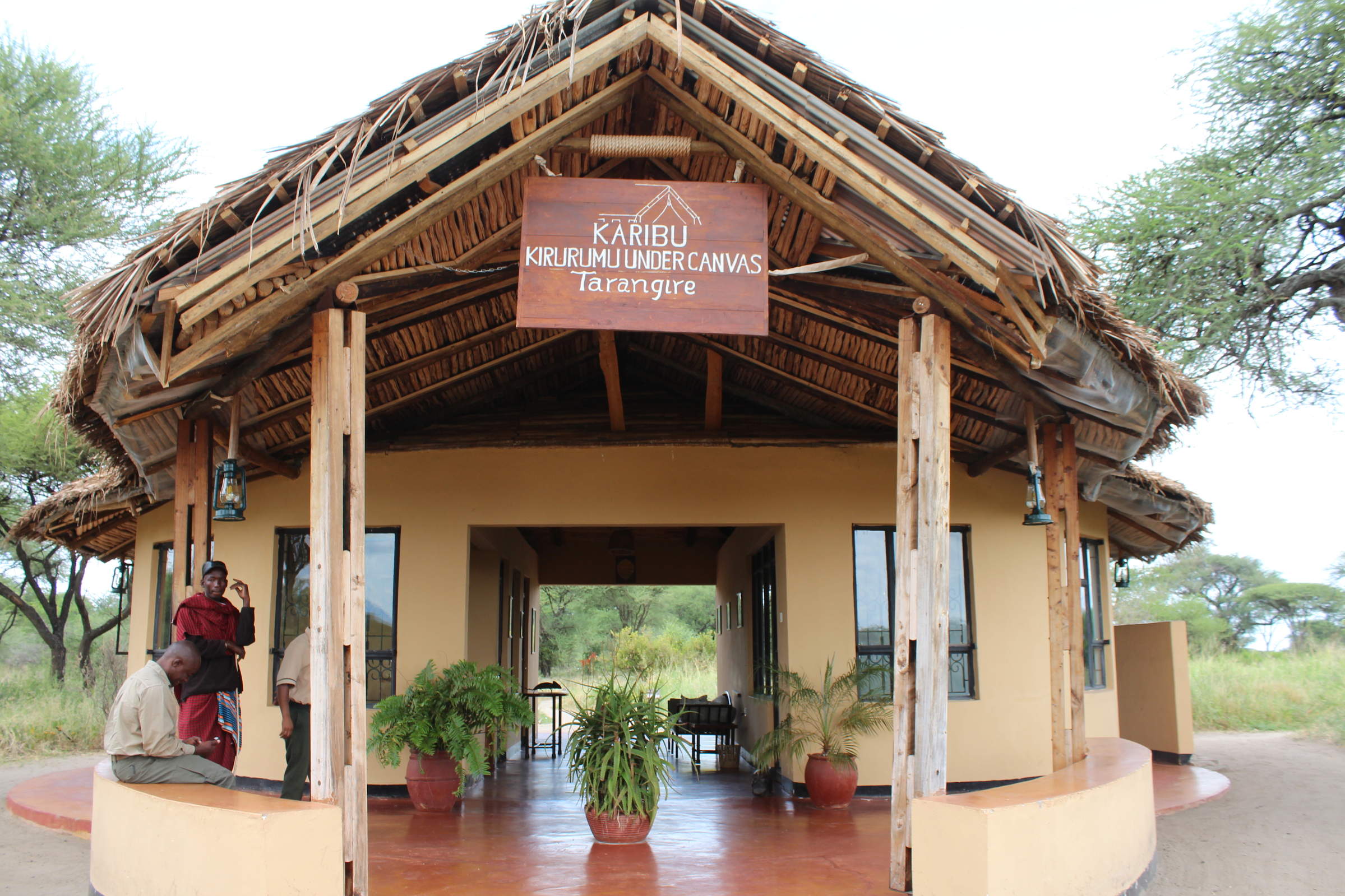
Kirurumu Tarangire
Kirurumu Tarangire Lodge is a simple, small, tented camp positioned just outside the northern boundary of Tarangire National Park.
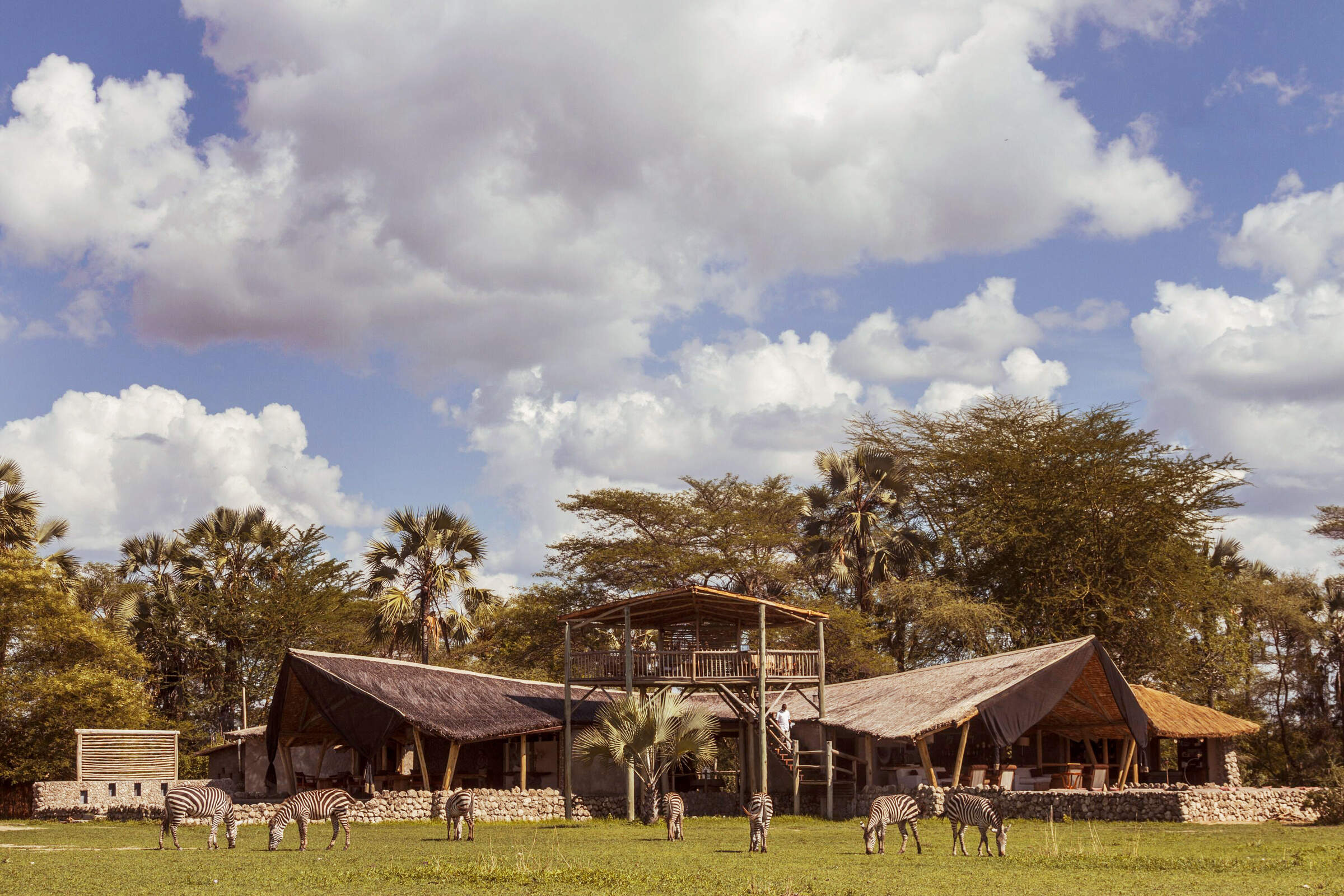
Chem Chem
Chem Chem is a luxury tented lodge on a private concession between Lake Manyara and Tarangire national parks.
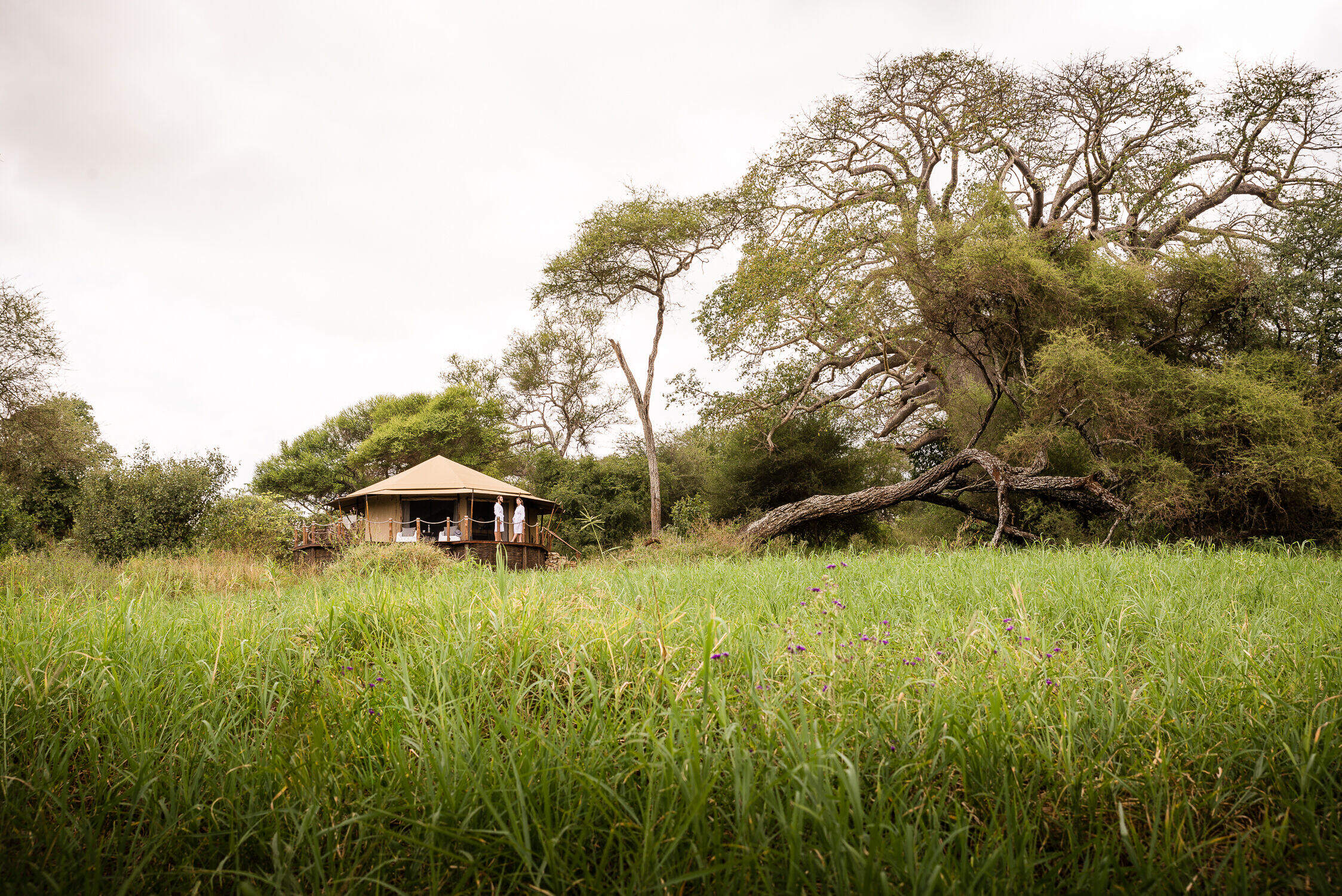
Swala Camp
Swala Camp is a stylish camp for exploring the southern Tarangire, either with a private driver-guide, or using the camp's vehicles and guides.

Tarangire Treetops
Tarangire Treetops is a lovely, high-quality lodge on the outskirts of Tarangire National Park, offering game drives, night drives and safari walks.
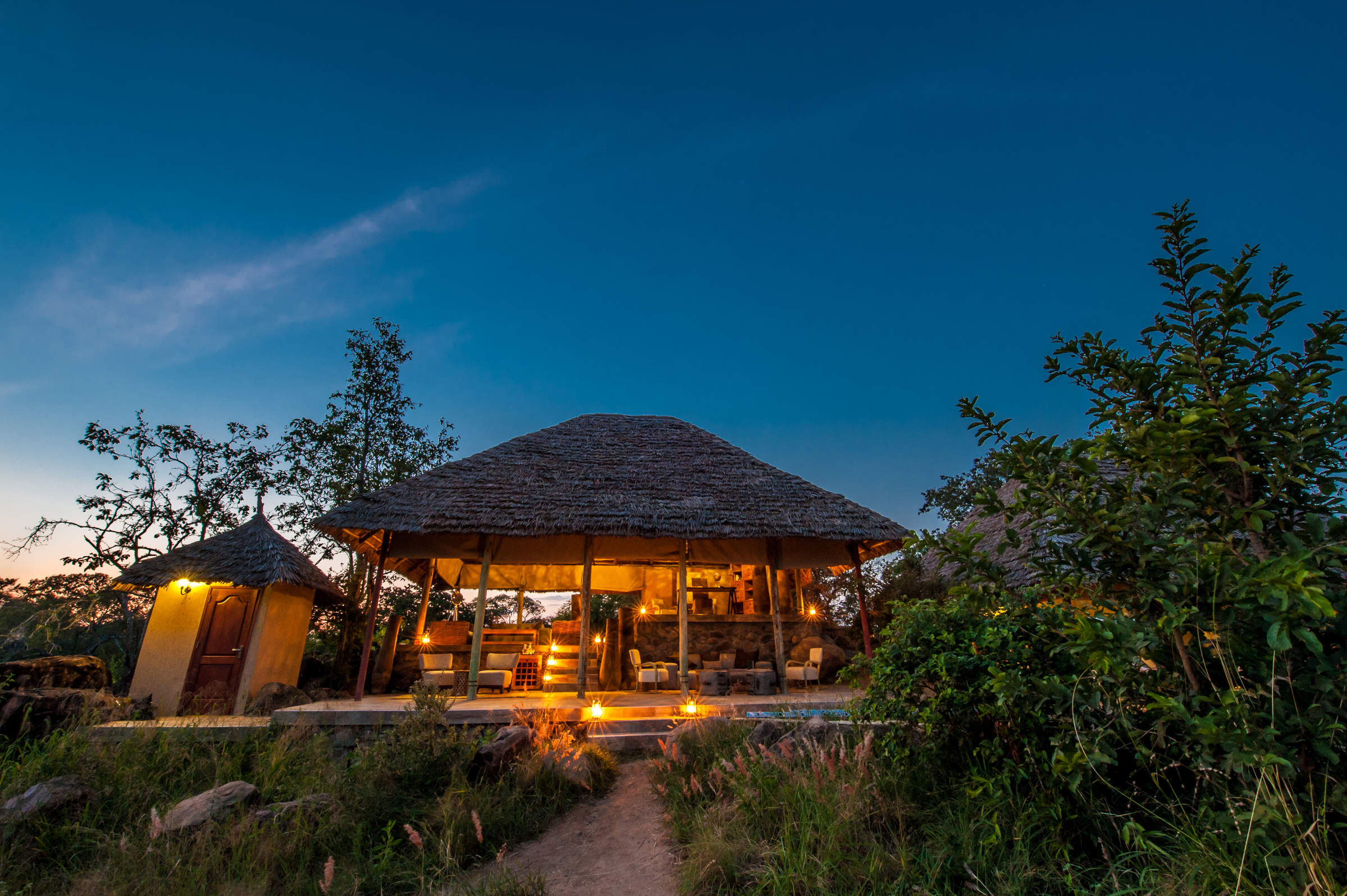
Nimali Tarangire
Nimali is a small camp built in contemporary style on the outskirts of Tarangire National Park in northern Tanzania.
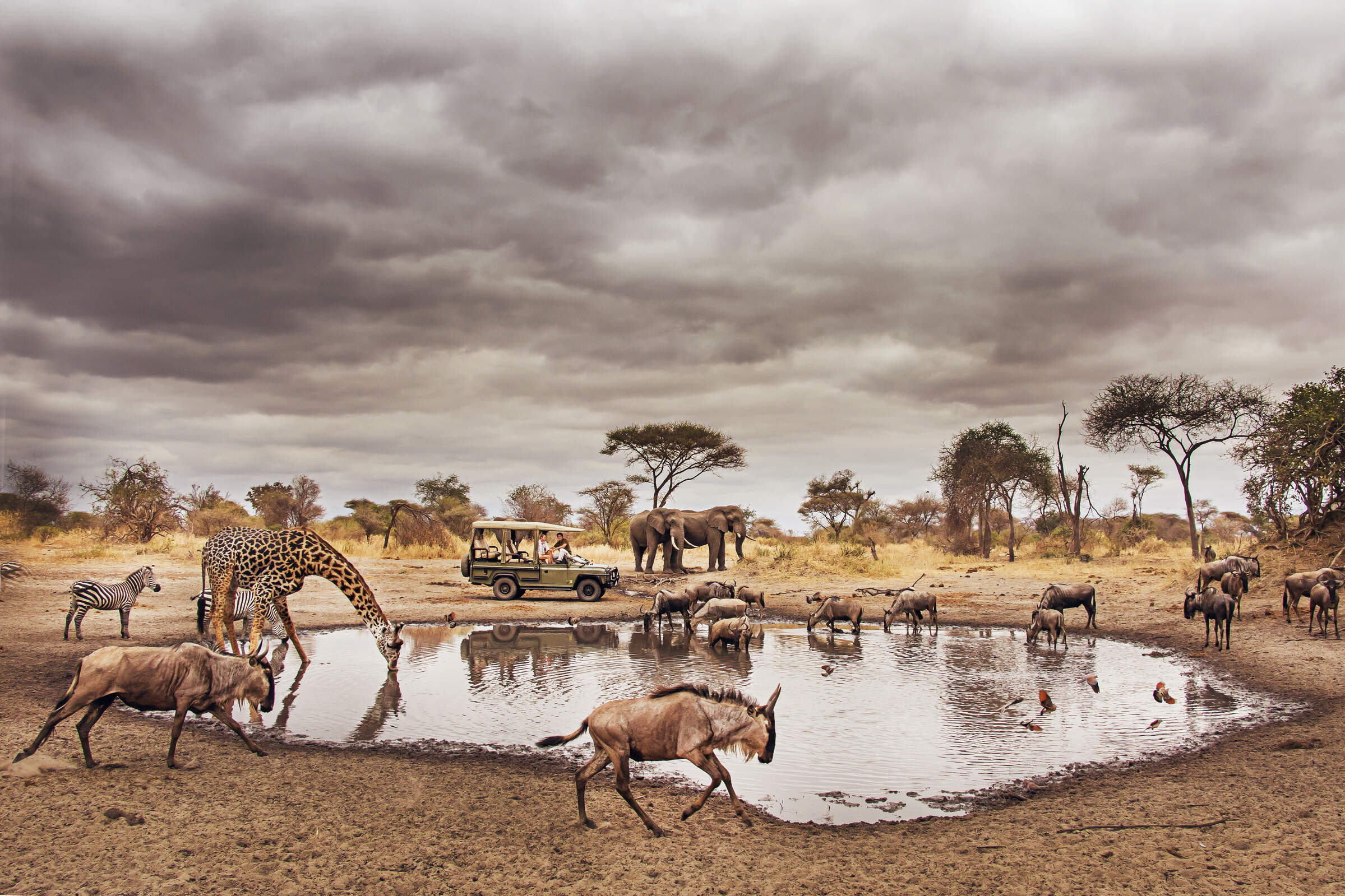
Forest Chem Chem
Located in the Chem Chem Concession and close to Tarangire National Park, Forest Chem Chem is a high-quality tented camp which is booked on an exclusive basis.
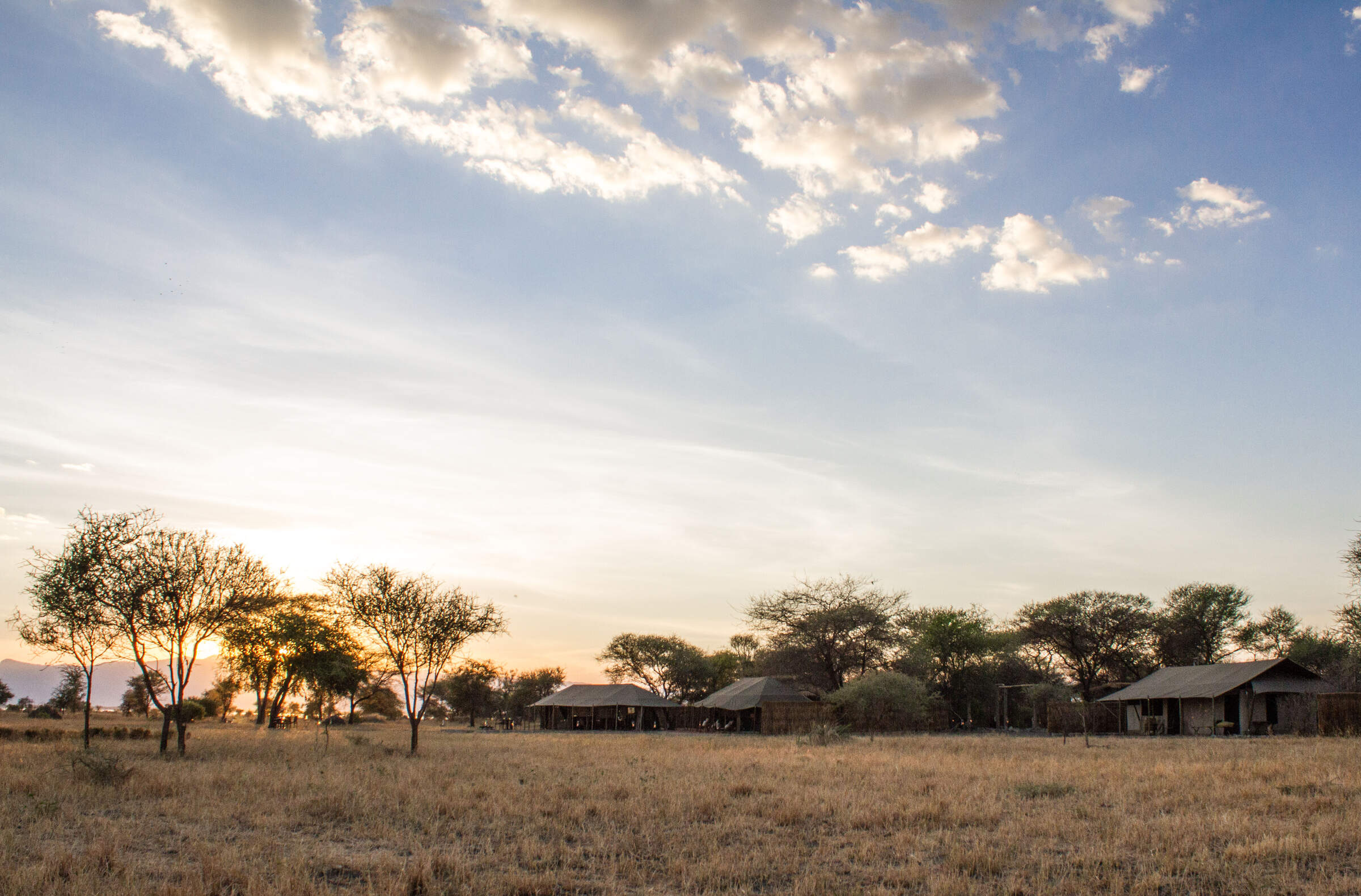
Little Chem Chem
Little Chem Chem is a stylish option near Tarangire National Park, offering real relaxation combined with a variety of safari activities.
When to go to Tarangire National Park
Our month by month guide: What it's like to visit in Tarangire National Park
Jan
Feb
Mar
Apr
May
Jun
Jul
Aug
Sep
Oct
Nov
Dec
Tarangire National Park in January
January marks the start of the short dry season. The Tarangire River becomes a crucial water source, attracting diverse wildlife. Elephants, buffaloes, and zebras congregate around the river and swamps. The iconic baobab trees stand out against the landscape, providing food and shelter for animals. Birdwatching is excellent as resident birds display breeding plumage and migrant species are present.
The Silale and Gurusi swamps teem with hippos and crocodiles. While the southern areas of the park may still be wet, the northern regions offer great game viewing. The Matete Woodlands provide opportunities to spot leopards and rare fringe-eared oryx antelopes. January can offer great value for visitors, with quieter park conditions and variable weather.
- Variable weather, dry or rainy periods
- Good for birding, many migrant species present
- Elephant herds gather near Tarangire River
- Lush landscapes ideal for photography
- Quieter after early January rush
Our view
A good time to visit, with pros & cons
Weather in January
Tarangire National Park in February
February in Tarangire National Park is one of the hottest months, with temperatures reaching around 33°C/91°F. The short dry season continues, making it an excellent time for wildlife viewing. The Tarangire River and surrounding swamps become focal points for animal activity. Large herds of elephants, numbering over 3,000, are a major attraction.
The north offers impressive vegetation and birdlife, including large flocks of red-billed quelea birds and various raptors. Birdwatchers will enjoy the park's 550+ species, with northern hemisphere migrants joining resident birds. February is lovely for ballooning, offering unique aerial views of the park's diverse landscapes and wildlife during the cooler morning hours.
- Hot and dry weather prevails
- Large elephant herds visible near water sources
- Excellent time for game drives and safaris
- Baobab trees stand out in dry landscape
- Park less crowded, better wildlife viewing
Our view
A very good time to visit
Weather in February
Tarangire National Park in March
As March arrives in Tarangire, the long rains begin, transforming the landscape. This is an important time for the park's famous baobab trees, which store water in their trunks. While game viewing becomes more challenging due to dispersing wildlife, it's an excellent time for photography as the scenery turns lush and green.
The Tarangire ecosystem, including granitic ridges and river valleys, offers stunning views of the Great Rift Valley. Birdwatching remains rewarding, especially in the swampy floodplains and woodlands. March remains challenging for guided walking safaris, as the vegetation is high and thick.
- Hot with increasing humidity before rains
- Wildlife viewing varies as rains approach
- Quiet park with lower visitor numbers
- Migratory birds still present in good numbers
- Balloon safaris offer stunning aerial views
Our view
A good time to visit, with pros & cons
Weather in March
Tarangire National Park in April
April is the wettest month in Tarangire, with an average of 250mm of rain. The park's landscape is at its lushest, with flowering plants attracting insects and smaller animals. While big game viewing is more challenging due to dense vegetation, it's an excellent time for photographers to capture the vibrant scenery. The Tarangire River and swamps swell, creating picturesque scenes.
Birdwatching remains exceptional, with over 550 species present in the park. Visitor numbers are low, providing a more intimate safari experience.
- Heavy rains with impressive thunderstorms
- Some camps closed due to weather conditions
- Lowest rates and very few other tourists
- Lush green landscape, but wildlife dispersed
- Birdwatching excellent for resident species
Our view
This is not a great time to visit
Weather in April
Tarangire National Park in May
As May progresses in Tarangire, the long rains begin to taper off. The park's diverse habitats, from woodlands to savannahs, are lush and green. While wildlife viewing can still be challenging due to high grass, patient observers may spot leopards in the Matete Woodlands. The swamps, including Silale and Gurusi, are full of water, attracting numerous bird species.
May is an excellent time for photography, with dramatic skies and verdant landscapes. The Tarangire ecosystem is at its most vibrant, showcasing the park's stunning biodiversity. Visitor numbers remain low, offering peaceful game drives. Cultural visits to nearby Maasai communities provide insights into local traditions and lifestyles.
- Rains continue, creating dramatic skies
- Quiet time to visit, avoiding crowds
- Park lush and green with high grass
- Wildlife more dispersed, fewer sightings
- Affordable rates for budget-conscious visitors
Our view
This is not a great time to visit
Weather in May
Tarangire National Park in June
June marks the beginning of the dry season in Tarangire. As the landscape starts to dry, wildlife begins to congregate around permanent water sources. The famous Tarangire River becomes a hub of animal activity, attracting diverse species. Elephant herds become more visible as they move towards reliable water supplies.
June is an excellent time for birdwatching, with over 550 species present in the park. The Lemiyon Triangle in the north offers impressive vegetation and birdlife. As the grass starts to shorten, game viewing improves, especially along the Birungi Circuit. June is lovely for balloon safaris, providing breathtaking views of the awakening landscape and wildlife below.
- Weather transitions from wet to dry
- Wildlife starts concentrating near water
- Park still green with some high grasses
- Visitor numbers increasing gradually
- Good value with shoulder season prices
Our view
A good time to visit, with pros & cons
Weather in June
Tarangire National Park in July
July is a prime month for wildlife viewing in Tarangire. As the dry season progresses, large herds of elephants, buffaloes and zebras gather around the Tarangire River and swamps. The park's famous baobab trees stand out against the increasingly arid landscape. Game drives along the Birungi Circuit offer excellent opportunities to spot lesser kudu and massive elands.
Birdwatching remains rewarding, especially around the park's swamps and woodlands. The Matete Woodlands provide good chances to see leopards and rare fringe-eared oryx antelopes. July is perfect for photography, with clear skies and animals congregating at water sources. Guided nature walks provide intimate encounters with the park's flora and fauna. Sundowner game drives offer magical experiences as the African sun sets over the savannah.
- Dry season begins, excellent wildlife viewing
- Large elephant herds visible near river
- Popular time with higher visitor numbers
- Peak prices due to optimal conditions
- Guided walks offer intimate wildlife experiences
Our view
Fantastic: the very best time to visit
Weather in July
Tarangire National Park in August
August in Tarangire offers exceptional wildlife viewing opportunities. The dry season is in full swing, concentrating animals around the Tarangire River and remaining water sources. Large elephant herds, sometimes numbering in the hundreds, are a common sight. The park's swamps, including Silale and Gurusi, attract diverse wildlife.
Birdwatching is excellent, with many species gathering around water bodies. The iconic baobab trees provide a striking backdrop for photography. August is ideal for balloon safaris, offering panoramic views of the park's diverse landscapes and wildlife. Guided nature walks provide intimate encounters with the park's flora and fauna. Cultural visits to nearby Maasai communities offer insights into traditional lifestyles.
- Dry conditions, animals gather at water sources
- Excellent general wildlife viewing
- Busy season with higher visitor numbers
- Swamps attract diverse wildlife species
- Night drives reveal nocturnal animals
Our view
Fantastic: the very best time to visit
Weather in August
Tarangire National Park in September
September is an excellent month to visit Tarangire. As the dry season peaks, wildlife concentrates around remaining water sources, particularly the Tarangire River. Large herds of elephants, wildebeests, and zebras offer spectacular viewing opportunities. The Matete Woodlands and Birungi Circuit provide chances to spot predators like leopards. Birdwatching remains rewarding, with over 550 species in the park.
The landscape, dotted with iconic baobab trees, offers stunning photographic opportunities. September is ideal for guided walking safaris, allowing visitors to explore the park's ecosystem up close. Balloon safaris provide breathtaking aerial views of the parched landscape and congregating wildlife.
- Fantastic wildlife viewing opportunities
- Parks becoming very dry, animals congregate
- Slightly quieter than peak August period
- Baobab trees in full leaf, great for photos
- Higher chances of seeing large predators
Our view
Fantastic: the very best time to visit
Weather in September
Tarangire National Park in October
October in Tarangire marks the end of the dry season, offering some of the best wildlife viewing opportunities. The Tarangire River and surrounding swamps become crucial for survival, attracting large concentrations of animals. Elephant herds are particularly impressive during this time. The park's famous baobab trees stand out against the parched landscape. Birdwatching is excellent, with many species congregating around remaining water sources.
October is ideal for photography, with clear skies and abundant wildlife. Balloon safaris provide stunning aerial views of the park's varied landscapes and wildlife. As the month progresses, there's a chance of early rains, bringing new life to the park.
- Mostly dry with comfortable temperatures
- Excellent game viewing around water sources
- Lower visitor numbers than earlier months
- Balloon safaris offer breathtaking views
Our view
A very good time to visit
Weather in October
Tarangire National Park in November
November in Tarangire sees the start of the short rains, transforming the landscape. The famous baobab trees begin to flower, creating a lush backdrop. Wildlife starts to disperse as water becomes more widely available, but game viewing remains good. The Tarangire River and swamps continue to attract diverse species. November is excellent for birdwatching as migratory birds arrive, joining the park's 550+ resident species.
As the vegetation greens, photography opportunities abound. Guided nature walks provide insights into the park's changing ecosystem. Cultural visits to nearby Maasai communities offer unique experiences. November can offer great value with shoulder season rates and fewer visitors.
- Variable weather, chance of rain increasing
- Parks quieter, prices more affordable
- Wildlife disperses as rains begin
- Migratory birds start arriving in the park
- Green season begins, landscape transforms
Our view
A good time to visit, with pros & cons
Weather in November
Tarangire National Park in December
December in Tarangire brings a mix of wet and dry conditions. The short rains continue, rejuvenating the landscape. The famous baobab trees are in full leaf, providing shade and food for wildlife. While animals are more dispersed than in the dry season, game viewing remains rewarding. The Tarangire River and swamps continue to attract diverse species.
December is excellent for birdwatching, with migratory birds present alongside resident species. Balloon safaris provide stunning views of the greening landscape. Cultural visits to nearby communities offer insights into local holiday traditions. Despite being a popular time for visitors, especially during the festive season, December can still offer peaceful safari experiences in less-visited areas of the park.
- Variable weather, mix of dry and rainy days
- Good game viewing in Tarangire River area
- Quiet early month, busy during holidays
- Prices vary from low to peak holiday rates
- Lush landscapes after early rains
Our view
A good time to visit, with pros & cons
Weather in December

Looking for inspiration on where to travel next?
Visit our trip chooser to explore your options and find inspiration for your perfect African adventure
Inspire me